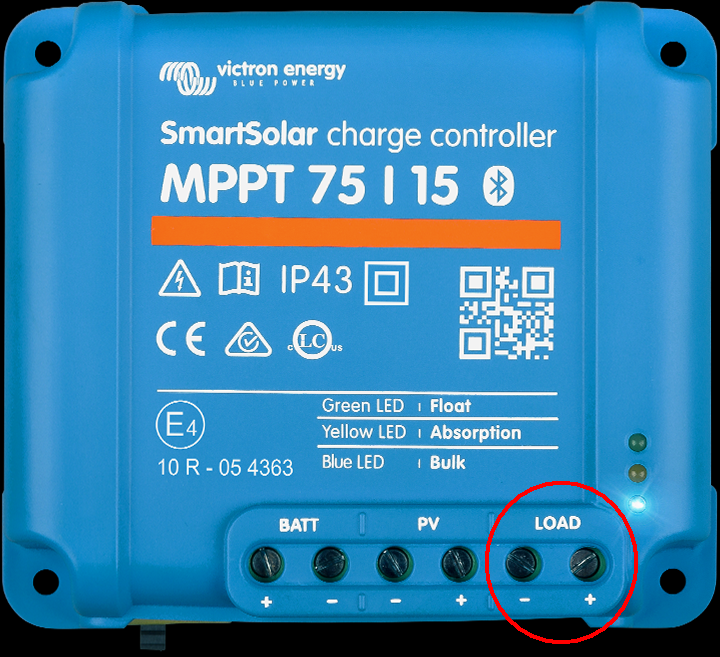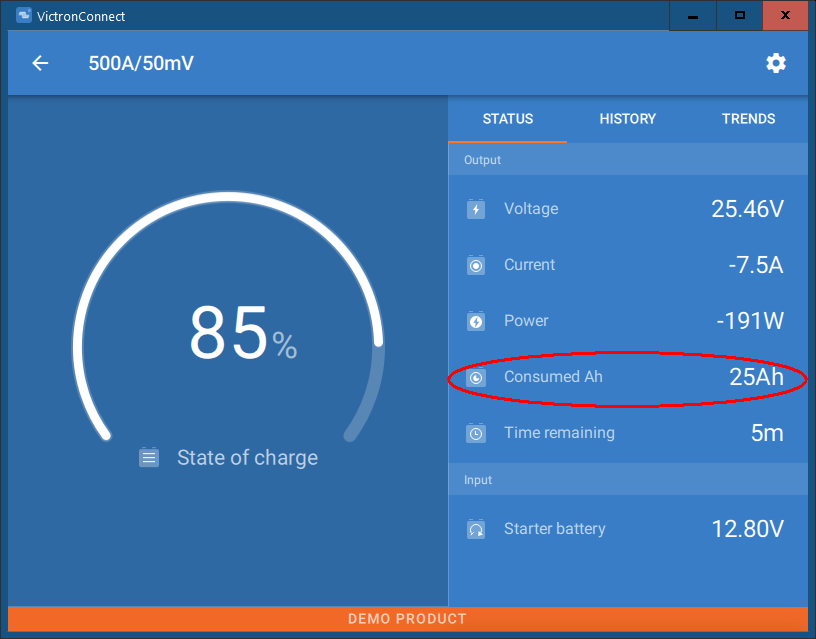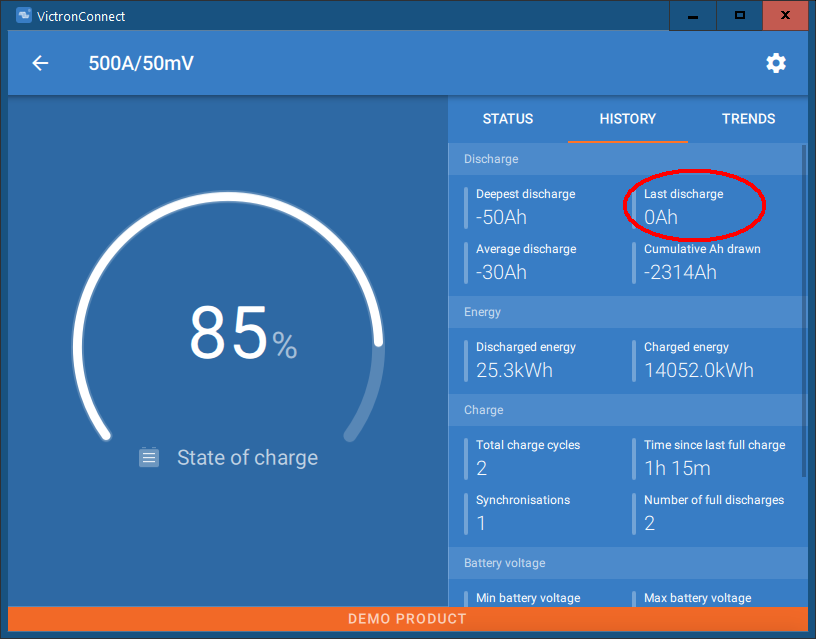We have a 210w solar panel with a MPPT 75/15 solar controller connected to 2 AGM 6v batteries in series for a total of 400Ah. When plugged in the batteries are at 100% state of charge and are in float phase. When we take our camper out on a trip, each day the Smart Shunt readings show the state of charge decreasing by about 4-6% each day. When I go to the history page for the Smart Charger it shows between 210-300Wh of power generated each day from our solar panel. It also shows that we consume between 10-30 Wh per day. With these figures I would assume that we generate more than enough power from our solar panel to fully recharge our batteries. Would you please explain why this does not occur and why we see a steady decline of our state of charge?
Thanks



